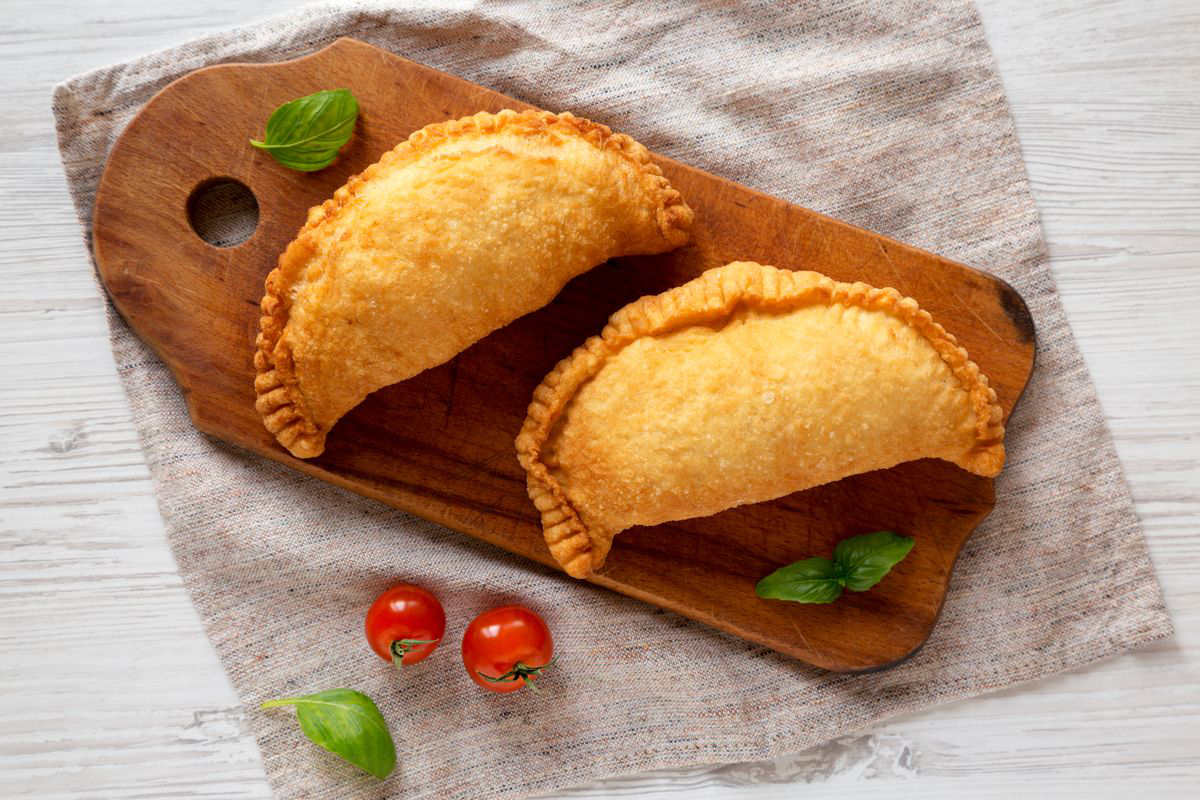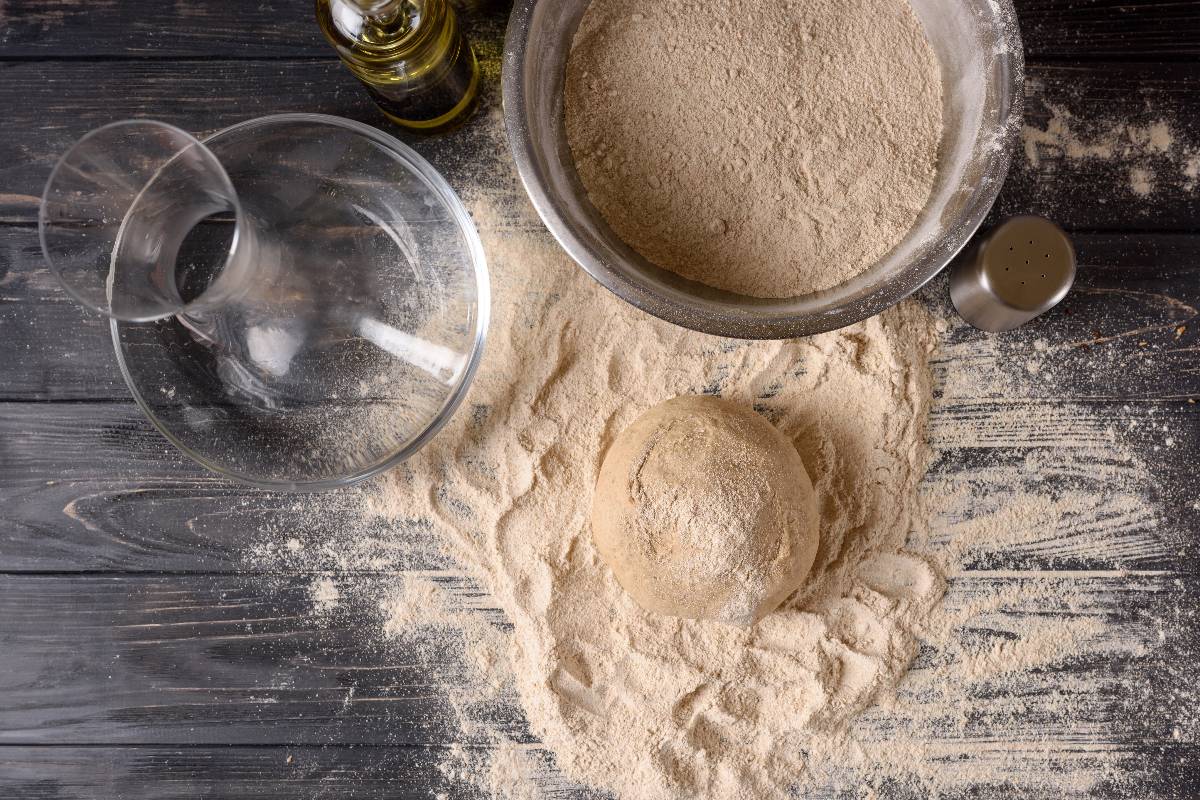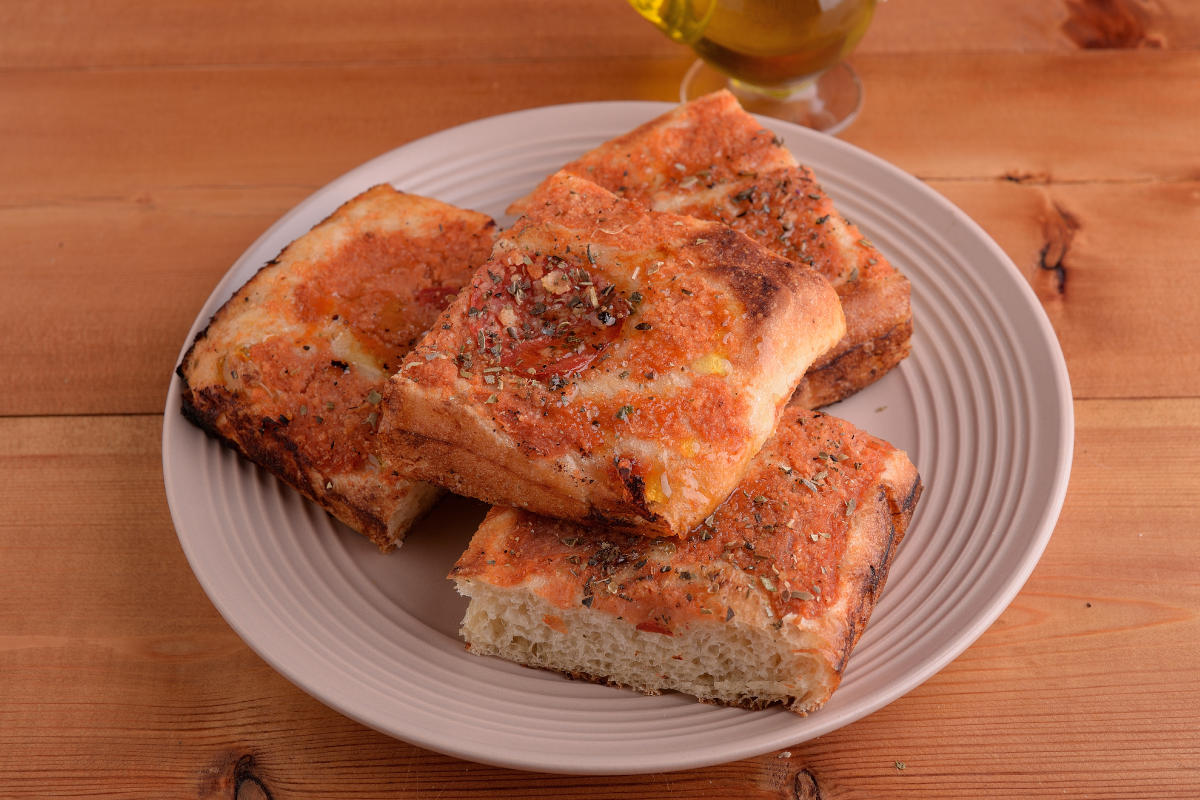Recipes
Homemade Pidone, the typical Sicilian recipe


The pidone is a sort of Messina calzone stuffed with escarole, cheese, tomatoes and anchovies and then fried. These are the traditional pidones!
The pidone, also known as python, is a rustic rotisserie dish in the shape of a calzone that can be stuffed in different ways before being fried or baked. To be honest, the original Sicilian recipe includes a filling based on escarole, tomato, stringy cheese and anchovies enclosed in an unleavened and fried dough.
As regards the origins of the pidone, however, as it is easy to imagine, they date back to poor cuisine . There was in fact the custom of frying leftover bread dough in order to transform it into something tastier and more satisfying. Over time it was then decided to add the filling, obviously choosing local ingredients, and to close everything in a crescent shape. Let's see together how to prepare this street food typical especially of the city of Messina.

Ingredients
For the dough
- Flour 00 – 250 g
- Remilled durum wheat semolina – 250 g
- Water – 250 g
- Extra virgin olive oil – 2 tablespoons
- Salt – 1 tsp
For the filling
- Escarole (curly endive) – 1 head
- Tomatoes – 2
- Anchovies in oil – 10 fillets
- Sicilian tuma (or primosale) – 300 g
For frying
- Seed oil – to taste
Preparation
How to prepare the Messina pedestrian recipe
To prepare the Messina pitas, start with the filling. Wash the escarole , cut it into small pieces and dry it very well first with a salad spinner and then with a clean cloth. Then transfer it into a bowl and add the diced and seeded tomatoes , the chopped anchovies and the diced cheese . Keep aside.
Now dedicate your time to the dough. Combine the two flours in a bowl, add the salt and then in sequence the oil and water and knead vigorously by hand. Wrap the dough in cling film and let it rest for an hour.
Then divide it into 150 g loaves , roll them out with a rolling pin so as to reach approximately 3 mm in thickness and place a large spoonful of filling in the centre. Close in a half-moon shape and seal the edges well with a drawstring closure.
Fry them in boiling seed oil at 180°C until they are uniformly golden. Drain them with a slotted spoon, pass them on absorbent paper and serve immediately.
Here is a video with all the steps to make this delicious Sicilian street food. We have reduced the doses to have a sufficient number of pills for 4-6 people.
If you love this type of preparation then don't miss the recipe for Apulian panzerotti !
Conservation
Since this is a fried recipe, we recommend consuming it at the moment . If the doses are too large for your needs you can halve them or store the dough wrapped in cling film in the refrigerator for a couple of days or in the freezer. The filling can also be kept in the refrigerator for the same time but it cannot be frozen.
Origin and history
After the arancino/arancina dilemma, what afflicts Sicilians and not only is the pidone/python dilemma. In fact, this preparation is sometimes called one way, sometimes another. However, taking a look at the origins of the dish we could say with almost certainty that the correct wording is the one with the T.
The python was a serpentine dragon that in Greek mythology guarded the Oracle of Delphi. The priestesses linked to the cult of this serpent were called pythie (pythias or pythia). Among other things, it is precisely from here that propitiation would derive: in fact, spelled focaccias enriched with laurel were brought to the temple as a gift, a plant which if consumed induced one into a state of trance.
Riproduzione riservata © - WT












